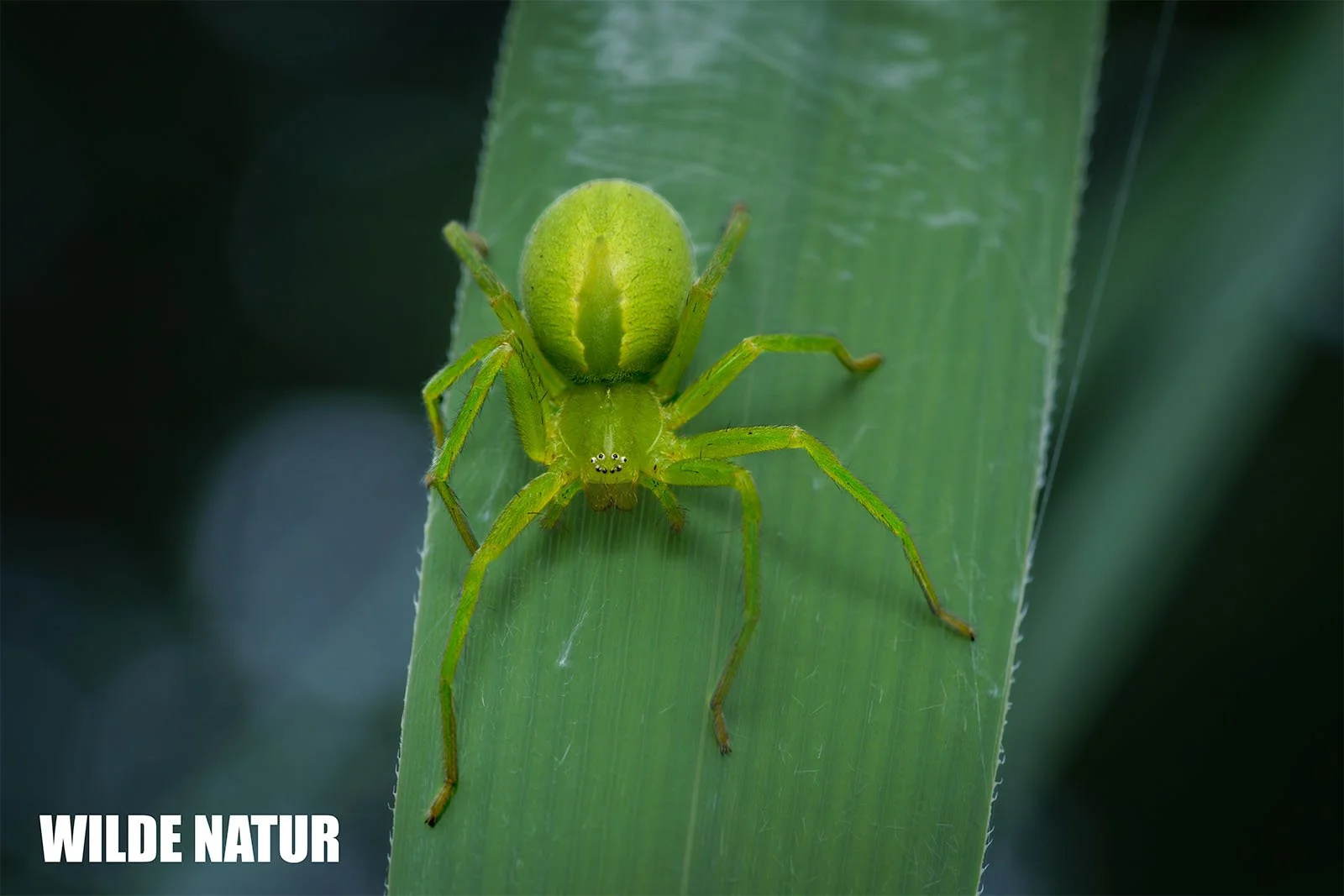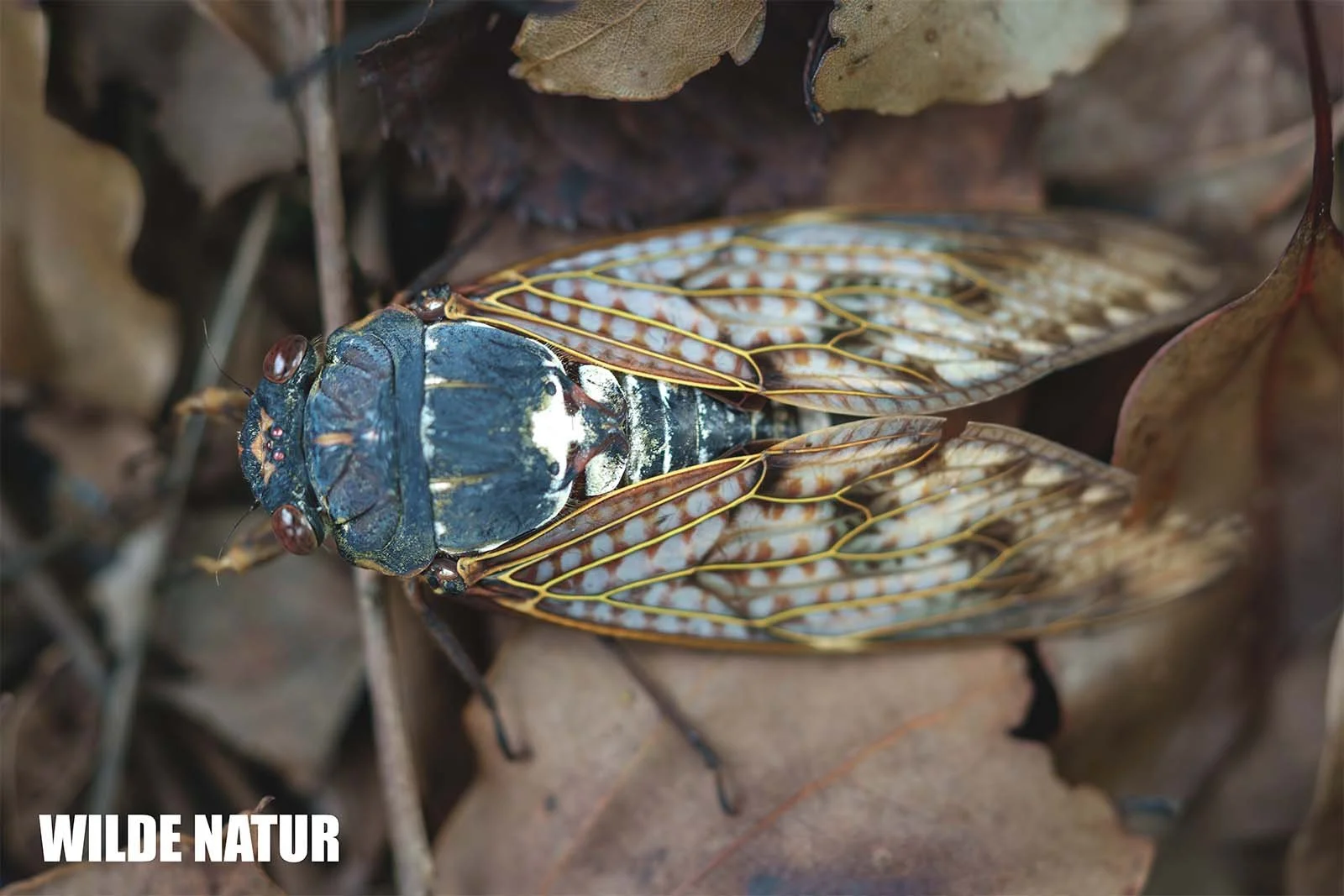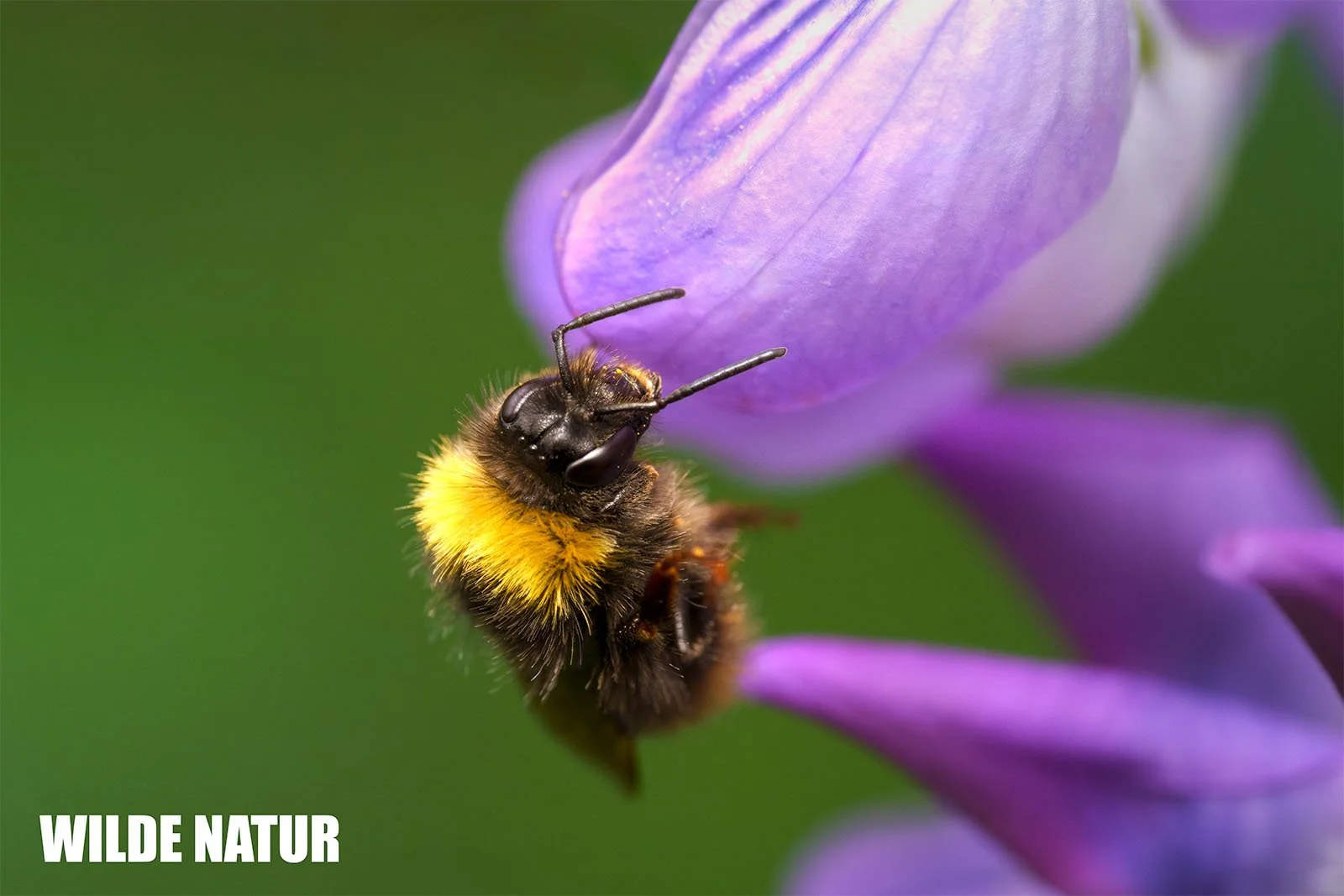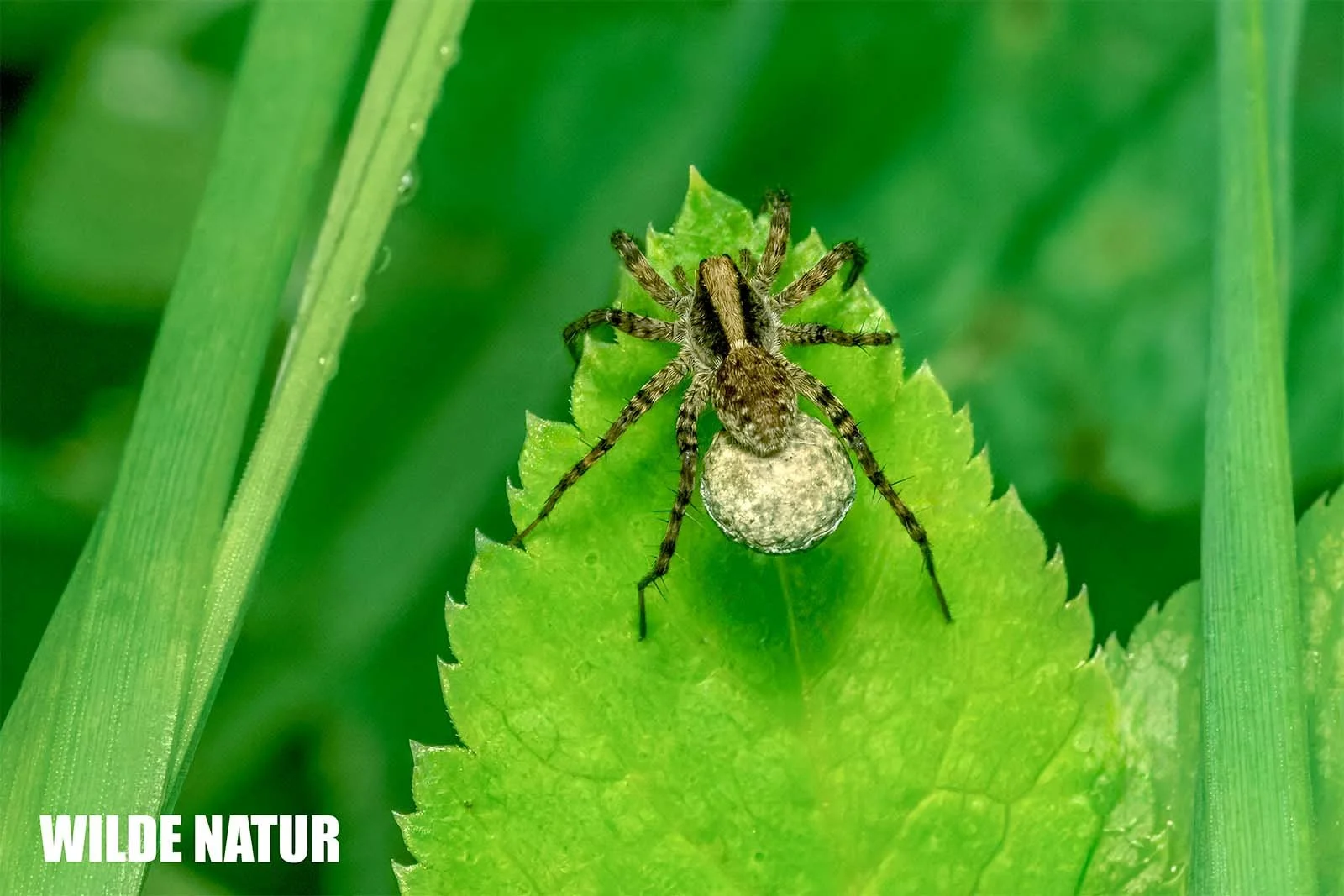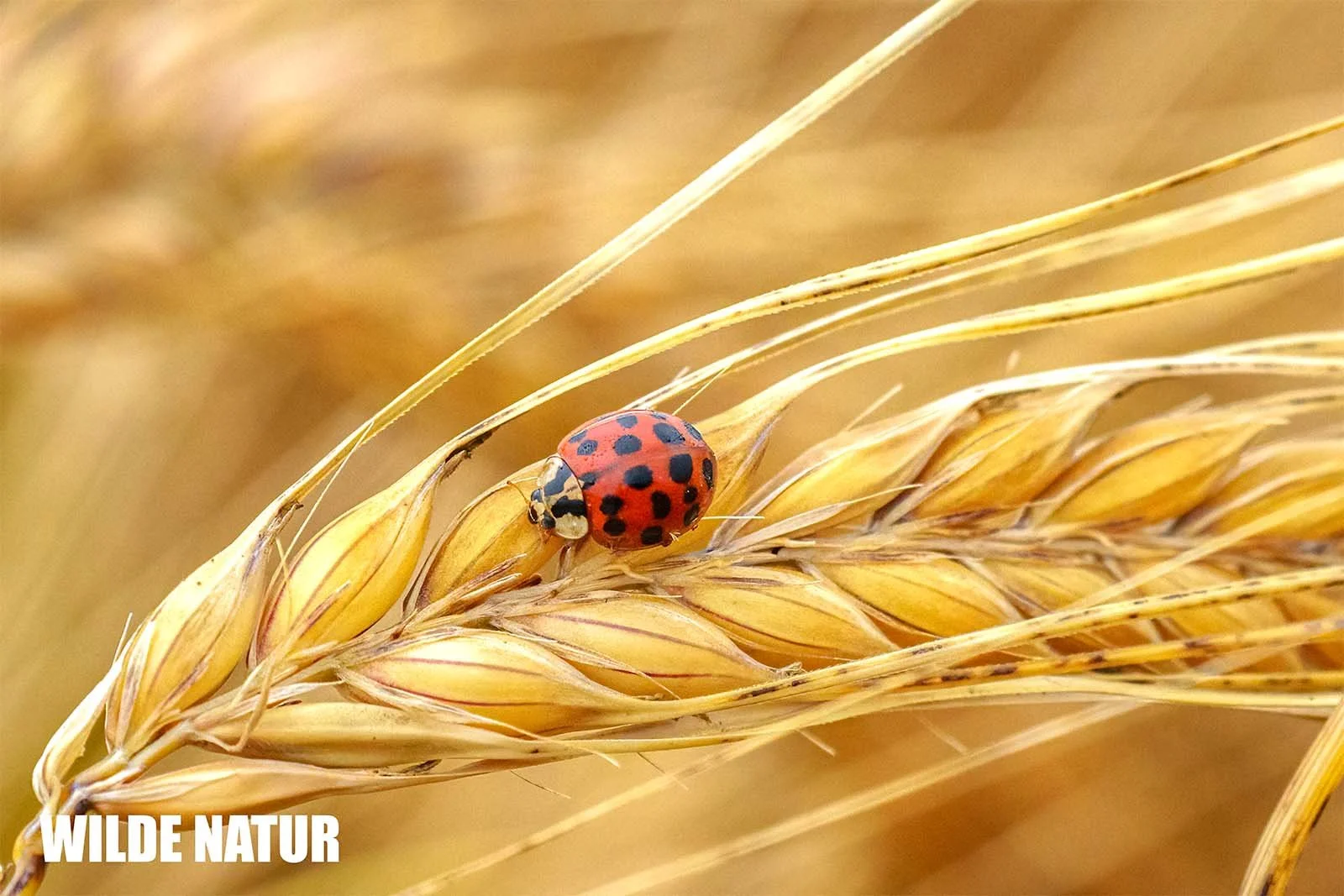Japanese giant mantis (Tenodera aridifolia)
Japanese giant mantis (Tenodera aridifolia)
Japanese Giant Mantis: The Patient Huntress of East Asia
The Japanese giant mantis (Tenodera aridifolia) is the largest praying mantis species in Japan. Discover everything about its appearance, hunting strategy, lifestyle, and distribution across East Asia.
Key Facts
- Body length: females 90–125 mm, males 70–85 mm
- Japan’s largest mantis species
- Color variations: green to brown
- Diet: insects, occasionally small vertebrates
- Habitat: fields, gardens, forest edges
- Active period: July–October
- Distribution: Japan, China, Taiwan, Korea
- Scientific name: Tenodera aridifolia
- Common name: Japanese giant mantis
- Generation: one per year
- Overwintering stage: egg
- Hunting style: ambush predator using raptorial forelegs
- Conservation status: widespread but locally declining due to pesticide use
Table of Contents
- Introduction
- Appearance
- Characteristics
- Diet
- Reproduction and Life Cycle
- Seasonal Behavior
- Distribution and Habitat
- Special Traits and Behavior
- FAQ
- Summary
Introduction
The Japanese giant mantis (Tenodera aridifolia) is one of East Asia’s most impressive insects. With its remarkable size, iconic body shape, and precise hunting technique, it embodies patience and efficiency.
In Japan, it is widespread — from the warm southern regions of Kyūshū to northern Hokkaidō — and plays an important role as a natural insect predator in agricultural landscapes.
Picture taken in Japan - Sony A1 & Sony 100 - 400 f4.5 / 5.6 GM
Appearance
The Japanese giant mantis is the largest mantis species in Japan. Its body is long and robust, featuring a triangular, mobile head and the typical spiny forelegs used to seize prey.
Coloration:
- Varies between green, yellowish-brown, and dark brown.
- This variation provides camouflage, blending perfectly with surrounding vegetation and seasonal colors.
Body features:
- Females: larger and broader with a rounded abdomen.
- Males: slimmer and lighter with a tapering abdomen.
- Wings: leathery forewings; hindwings transparent and fan-shaped.
- Eyes: large, compound, and showing the typical “pseudo-pupil” effect, making it seem as if the mantis follows movement.
Size:
- Females: 90–125 mm
- Males: 70–85 mm
- Wingspan: up to 12 cm
Its appearance is both imposing and graceful — a perfect blend of camouflage and strength.
Characteristics
- Japan’s largest mantis species
- Head can rotate up to 180°
- Strong, spiny forelegs with black inner markings
- Females significantly larger and broader than males
- Coloration adapted to vegetation for camouflage
- Males are more agile fliers; females heavier and less mobile
- Typical hunting behavior: still ambush, then lightning-fast strike
This combination of flexibility, precision, and stealth makes it one of the most efficient hunters among insects.
Diet
The Japanese giant mantis is an ambush predator, feeding almost exclusively on live prey.
Typical prey:
- grasshoppers
- butterflies
- flies, bees, and beetles
- other mantises
Large females have been observed catching small frogs or lizards — rare, but documented.
They stay motionless in tall grass or shrubs, striking at lightning speed once prey is within range. With their powerful mandibles, they crush and consume their prey — a precise and nearly silent act of predation.
Reproduction and Life Cycle
Reproduction occurs in late summer. The male cautiously approaches the female — a risky endeavor, as sexual cannibalism often follows mating.
After mating, the female produces several egg cases (oothecae) attached to sheltered spots such as grass stems, branches, or fences.
Ootheca (egg case):
- Initially foamy, later hardens into a weather-resistant shell.
- Contains 50–150 eggs.
- Protects the eggs from cold and moisture.
Development:
- Overwinters as eggs.
- Nymphs hatch in spring (April–May).
- Young mantises resemble miniature adults.
- Undergo 7–8 molts before reaching maturity.
- Life span: around 8–10 months.
This one-year cycle, with overwintering in the egg stage, is typical of mantis species in temperate East Asia.
Seasonal Behavior
The Japanese giant mantis is active mainly during summer and early autumn (July–October).
- Mating: August–September
- Egg-laying: late summer to autumn
- Hatching: spring (April–May)
Only the oothecae survive through winter, protected from frost and snow.
In midsummer, adult females are often seen on shrubs or at the edges of fields, patiently waiting for prey or searching for egg-laying sites.
Distribution and Habitat
Tenodera aridifolia is widely distributed across East Asia.
Range:
- Japan (Honshū, Shikoku, Kyūshū, Hokkaidō)
- China
- Taiwan
- Korea
- Russian Far East
Habitats:
- open, sunny areas
- gardens and cultivated fields
- forest edges and shrublands
- rice fields with dense vegetation
The species thrives in warm, open habitats with abundant insect prey — even urban gardens can provide suitable conditions.
Special Traits and Behavior
The Japanese giant mantis exhibits several remarkable adaptations and defense behaviors:
- Camouflage: coloration varies (green, brown, yellowish) depending on vegetation and habitat.
- Threat display: when disturbed, it raises its body and spreads its wings and forelegs — a dramatic defensive pose.
- Flight: males are agile flyers, while females are heavier and fly less.
- Symbolism: in Japanese culture, the mantis symbolizes patience, focus, and awareness — qualities that perfectly reflect its behavior.
Its silent hunting style and ability to strike at just the right moment make it a powerful symbol of precision and composure.
FAQ
How big does the Japanese giant mantis get?
Females reach up to 12.5 cm; males about 8.5 cm.
When is it active?
From July to October, with mating occurring in late summer.
How does it survive winter?
Only the eggs overwinter, protected inside a hardened ootheca.
What does it eat?
Insects such as grasshoppers, flies, and butterflies, and occasionally small vertebrates.
Is it dangerous to humans?
No. Although its forelegs are strong, it is harmless and will only bite if provoked.
Summary
The Japanese giant mantis (Tenodera aridifolia) is one of the most fascinating insects of East Asia — precise, elegant, and perfectly adapted to its environment.
Its calm demeanor, lightning-fast strikes, and superb camouflage make it a symbol of patience and control.
Despite its wide distribution, it remains a quiet and often unseen hunter that helps maintain ecological balance in fields and gardens — a true masterpiece of evolution, returning each summer to captivate observers anew.







